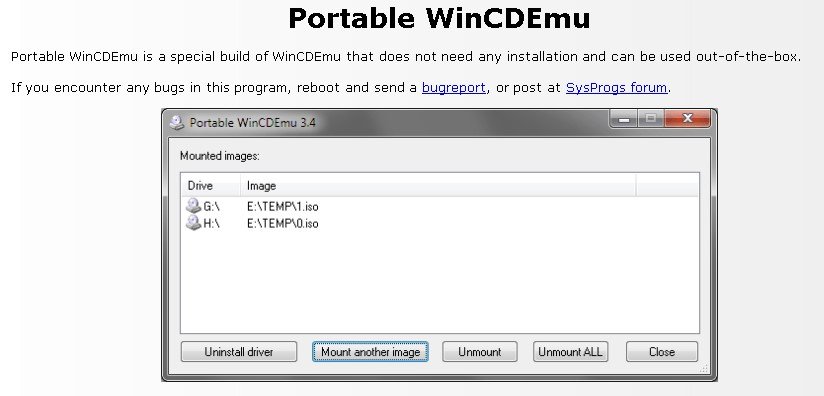

- Osforensics vmdk you need to format the disk in drive software#
- Osforensics vmdk you need to format the disk in drive windows#
Replace with the affected disk or partition. Open an elevated command prompt and run SDelete: sdelete.exe -z You won't notice a difference in used disk space from within your VM, but this will enable VMware to track unused blocks and release them back to your datastore, effectively shrinking your thin provisioned disk. This command-line tool has a powerful feature which can track and zero unused blocks.

There are a few tools available to do this on Windows- and Linux-hosts.ĭownload SDelete. As a result, ESX will still think the blocks are in-use. Deleting data usually only removes the entries from the file allocation table but does not zero the blocks. Reclaiming disk space only works when the blocks on your virtual disk are really empty. The device displays Delete Status as supported meaning that it is capable of sending SCSI UNMAP commands to the array when a space reclaim operation is requested. In particular we are interested in knowing whether the array supports the UNMAP primitive for dead space reclamation (what we refer to as the Delete Status).Īnother esxcli command is used for this step: esxcli storage core device vaai status get -d Now we can run a command to display the VAAI primitives supported by the array for that device. Here we see that the device is indeed Thin Provisioned and supports VAAI. Step 1: Run below command to check information such as firmware revision, thin provisioning status, the VAAI filter and status for the datastore virtual machine is running: esxcli storage core device list –d naa.60a98000572d54724a346a6170627a52ĭisplay Name: Hitachi Fibre Channel Disk (naa.60a98000572d54724a346a6170627a52)ĭevfs Path: /vmfs/devices/disks/naa.60a98000572d54724a346a6170627a52 The only downside is that you have to power off the affected machines. Luckily, there are some tools to allow you to reclaim unused space from your virtual thin disks. Currently, VMware does not have automatic space reclamation.

Osforensics vmdk you need to format the disk in drive windows#
Osforensics vmdk you need to format the disk in drive software#
Easy-to-use software with a self-explanatory user interface.Maintain data hierarchy while recovering the VMDK file content.Efficient recovery of both MBR and GPT partition tables.Three VMDK data recovery modes: Standard, Advanced, and Deep.Support various file types like NTFS, FAT32, FAT16, RAW, etc.Provide multiple scanning modes: Standard and Advanced.Recover data from both fixed and dynamic disks.Support files created by Virtual Machines like VMware and VirtualBox.Repair corrupted VMDK files and recover the maximum possible data.Therefore, use DRS VMDK Recovery Tool to repair the damaged file and restore complete virtual data. If a VMDK file gets corrupted, you become unable to use virtual space. The VMDK file is the file format of the disk image created. This software creates virtual disk images to store data. Virtual Machines such as VMware Workstation and Virtual Box allow us to use multiple Operating Systems in a single computer.


 0 kommentar(er)
0 kommentar(er)
